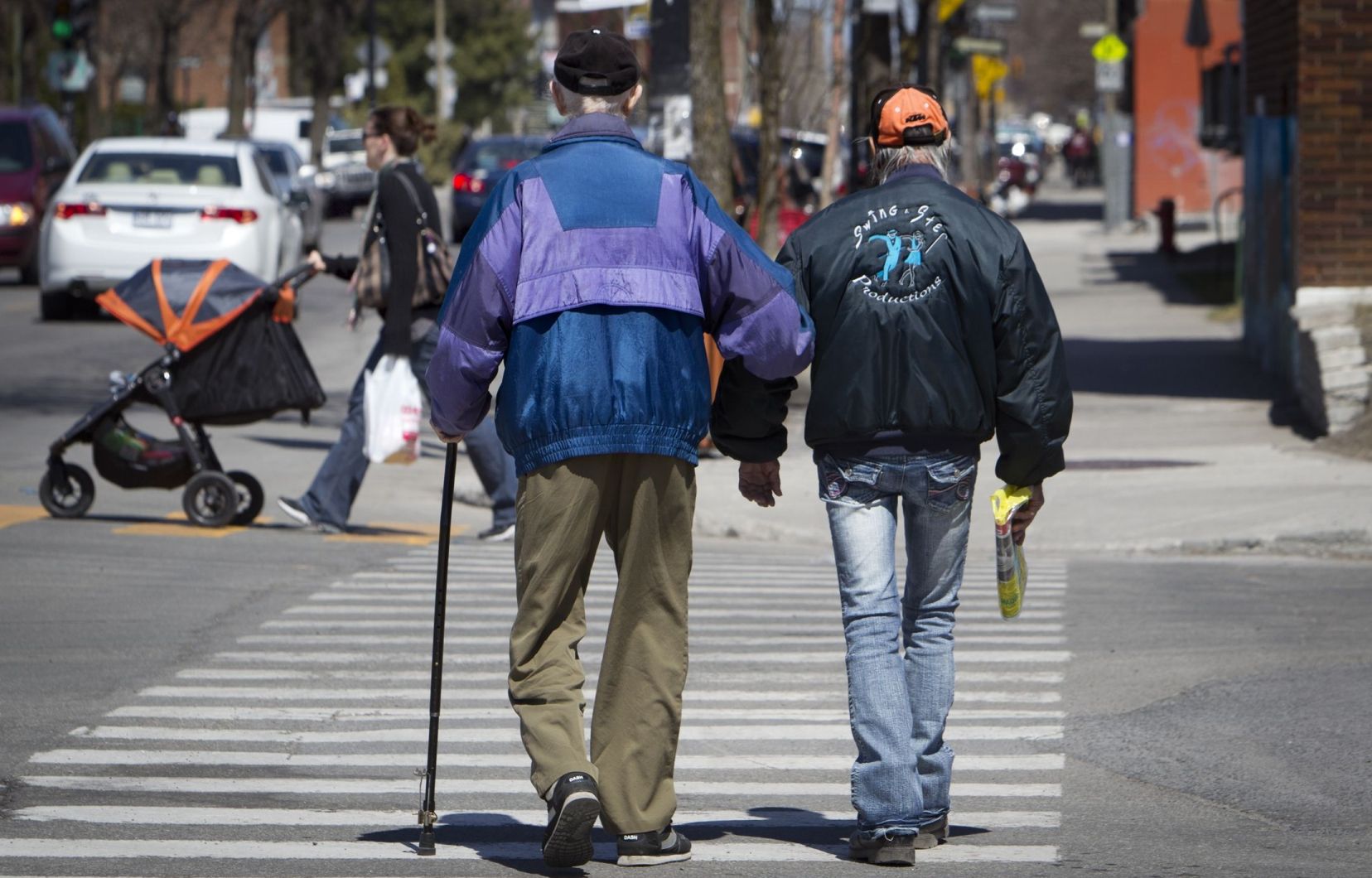Whatever some may think, governments are doing more today in terms of social protection than 25 years ago in Quebec, a study concludes.
Whether we take inflation into account, measure the effort deployed in proportion to the size of the population, or according to the size of the economy, we arrive at the same conclusion: the financial resources devoted by Quebec and Ottawa to “protect individuals against the various hazards of life and socio-economic insecurities” increased from 1996 to 2022, reveals a study by the Chair in Taxation and Public Finance at the University of Sherbrooke unveiled Wednesday.
This financial effort more than doubled once the effect of inflation was controlled. It went from a total equivalent to just under a quarter (23.5%) of the size of the economy in 1996 to almost 28% in 2022. While the Quebec government accounted for just over half of the total effort in Quebec in 1996, it is now approaching two-thirds, with Ottawa taking care of the rest.
The portrait covers not only budgetary expenditures, but also tax measures and public insurance plans, such as the Quebec Pension Plan or employment insurance. It tracks all measures aimed at protecting Quebecers against social risks that could lead to increased spending or difficulties, or a cessation or reduction in income, such as illness, dependency, the birth of children, the death of a loved one or old age.
This leads researchers to take into account some government spending, but not others. In health, for example, this leads them to note a little over $35 billion in budgetary spending in Quebec in 2022, while the government’s total budget in the sector probably included $20 billion more. In education, we are talking, at most, about a total effort by the two governments of $2 billion, because the only measures that meet the generally accepted definition of social protection are relatively modest programs, such as scholarships or education savings.
This method makes it possible to compare eras and governments. In a first version, in 2021, the Chair’s study did not cover Ottawa’s spending in Quebec. It covers about ten government objectives, ranging from income support to encouraging foresight, including assistance with education, recognition of family responsibilities, strengthening integration and promoting social participation.
Changes over the past 25 years
The first conclusion we come to is that governments’ efforts in terms of social protection have increased over the past 25 years. “This message may seem almost too simple and obvious,” says Luc Godbout, professor, principal researcher at the Chair and co-author of the study. “But we hear so often, in the general discourse, that we are doing less than before, that before, it was better, that it helps to clarify the situation.”
It shows that the three major objectives of income support (old-age security, family assistance, etc.), incentives for foresight (tax deduction for pension plans, retirement savings, etc.) and health services (physical health, operating costs of institutions, etc.) alone represent more than 80% of the total effort of governments. And that out of ten objectives, only one (promoting equity and recognition of rights) has really lost ground since 1996.
Among the additions made by the Quebec government over the past 25 years, we spontaneously think of the drug insurance program, reduced-contribution childcare services and the parental insurance plan, says the expert. We should also mention the Quebec Pension Plan, Quebec’s assistance to seniors and the tax credits for childcare expenses that are more generous, or the improvement made by Quebec and Ottawa to their family allowances.
The overall figures sometimes hide changes, the researchers note. This is the case, for example, with employment insurance in Ottawa or social assistance in Quebec, which required fewer resources, in some cases because of a tightening of their rules, but also because of the decrease in the number of Quebecers who needed them.
Quebec under pressure
The study shows that about a third of the social protection effort of governments in Quebec is based on tax measures, underlines another of its four co-authors, researcher Frédérick Hallé-Rochon. “It’s important to realize this, because budgetary expenditures are closely scrutinized by elected officials, but tax expenditures are much less so.”
What the study also highlights is where most of the increase in government efforts in this area over the past 25 years in Quebec has come from, adds Luc Godbout. “It shows who is most exposed, or most sensitive, to pressure to improve social protection. The answer is the Quebec government.”
